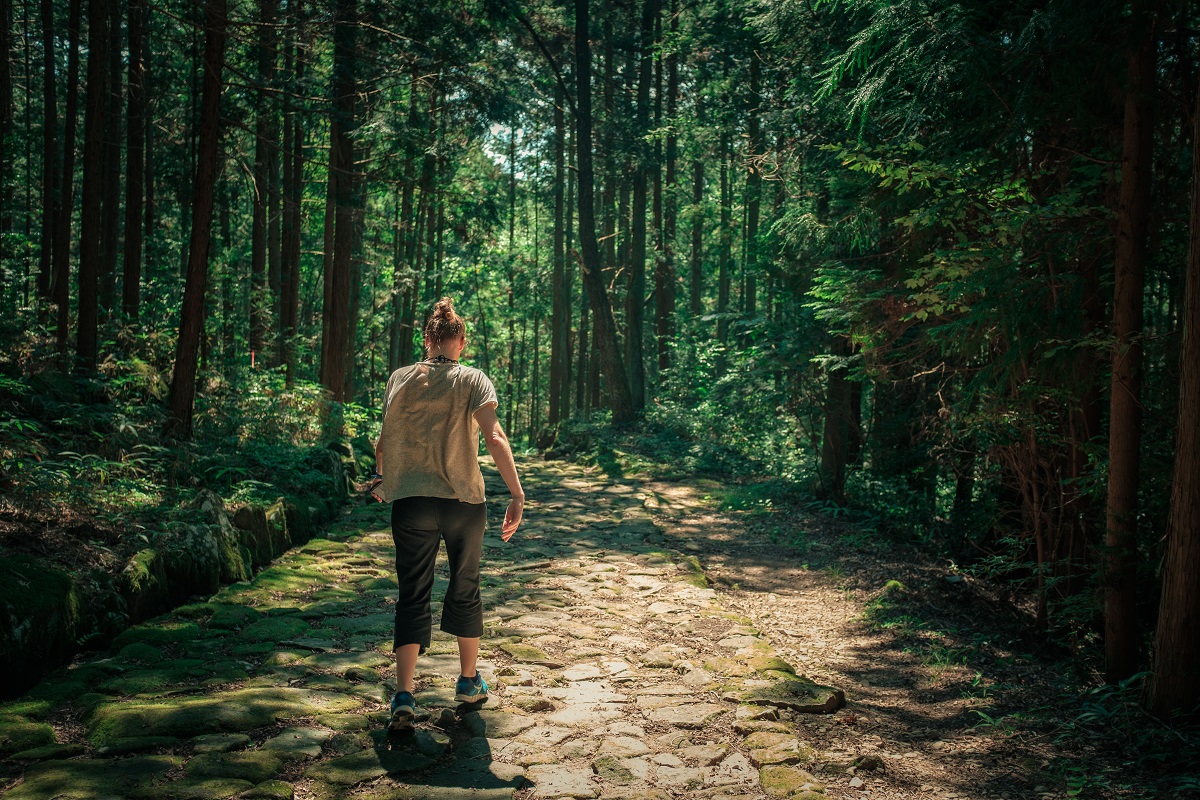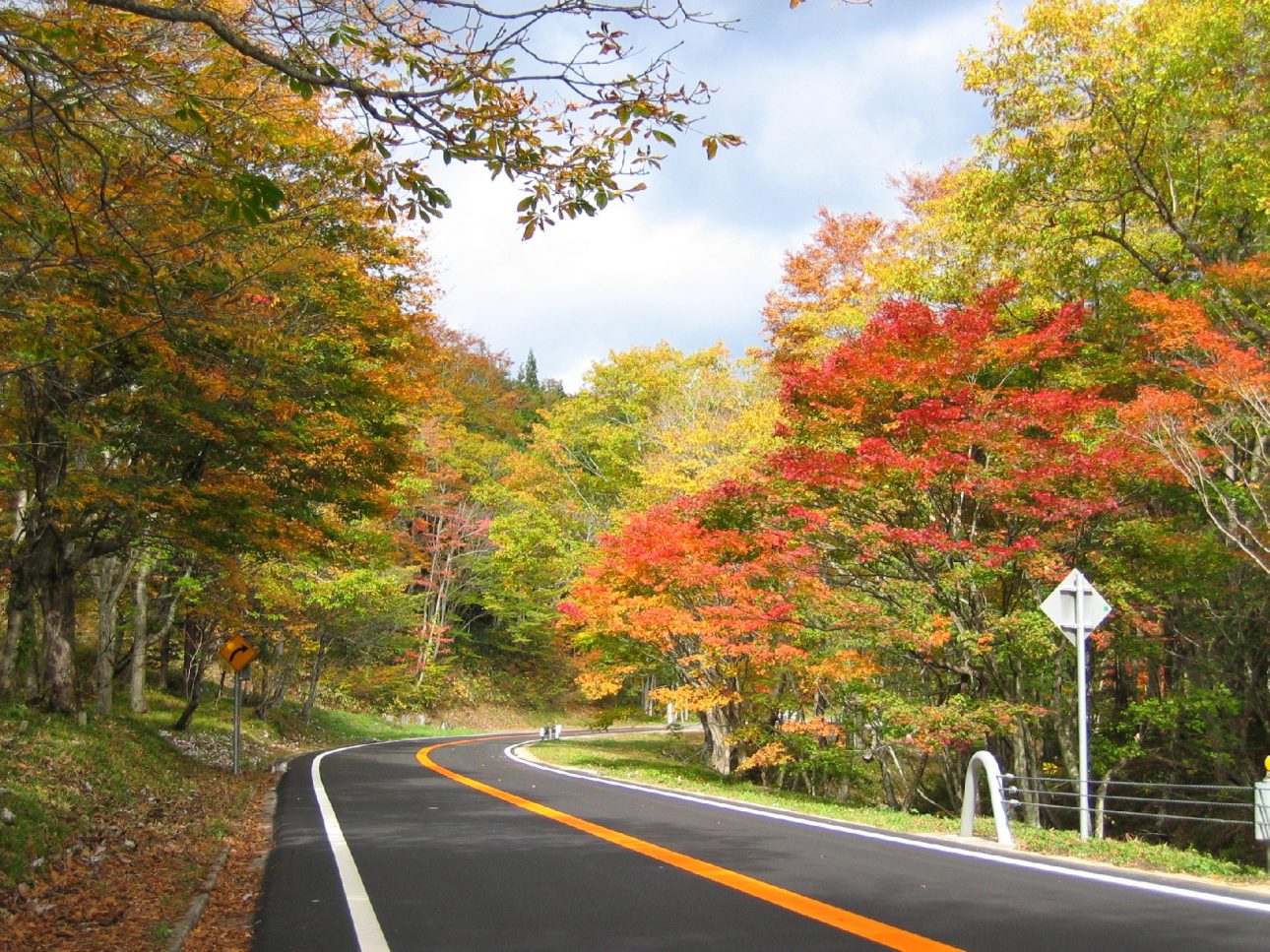Shirakawa-go

Shirakawa-go 
Shiroyama Viewpoint 
Walking around Gassho-style Houses 
Walking around Gassho-style Houses
Explore the UNESCO World Heritage Site, Shirakawa-go: a rustic, traditional village deep in the mountainside. Famous for its thatched “gassho-style” houses, the snow-capped roofs are a sight to behold in the winter. Shirakawa-go is also surrounded by vast rice fields, owned by residents who still farm for a living. A walk around the quaint village is sure to make visitors feel as if they’ve been transported back to the olden days. Discover what it’s like on the inside by visiting opened houses, or take a 15-minute hike up to the Shiroyama Viewpoint to enjoy a panoramic view from above.
- 1
- Shirakawa-go
Shirakawa-go – Takayama
Takayama

Takayama Historic District 
Takayama Jinya 
Hida-Beef 
Morning Market (Miyagawa & Jinyamae) 
Morning Market (Miyagawa & Jinyamae)
Once a busy merchant town, the Takayama Historic District retains most of its original buildings and traditional architecture to this day. Now, the district is home to crafts and sake breweries, as well as food stalls selling local specialties such as mitarashi dango and Hida beef skewers. Takayama Jinya is also known as the Takayama Historical Government House, the only one of its kind remaining in Japan — making it a building of immense historical significance.
- 2
- Takayama
Takayama – Hida-Furukawa
Hida-Furukawa

White-Walled Storehouses along the Seto River 
White-Walled Storehouses along the Seto River 
Satoyama Cycling Tour 
Hida Furukawa Festival Exhibition Hall 
Hida Furukawa Festival Exhibition Hall (Image)
Gifu is also home to “Little Kyoto”, otherwise known as Hida Furukawa Town. This riverside town is home to over 1,000 colorful carp fish that live within the Seto River’s winding canals running throughout the area. For those who wish to fully enjoy a day of relaxation in the countryside, try a Satoyama Cycling Tour.
If you’re lucky enough to be a spectator of the Hida Furukawa Festival in April, which is vibrant and exciting with drum performances, parades and bursting with Japanese spirit. Even if you missed the festival, you can also experience it vicariously at the Hida Furukawa Festival Exhibition Hall.
- 3
- Hida-Furukawa
Hida-Furukawa – Gero
Gero Hot Spring

Gero Hot Spring 
Gero Hot Spring
Gero Hot Spring is one of the three top quality hot springs (onsen) in Japan. Nicknamed “the Water of Beauties”, it’s said that the water from Gero Hot Spring has beautifying qualities that help turn the bathers’ skin as smooth as the water itself. The highlight of Gero Onsen is “Funsenchi”, a huge open-air stone bath located right next to Hida River. Due to the location and it being a mixed bath, bathers must wear bathing suits to enter the hot spring.
- 4
- Gero Hot Spring
Stay in Gero
Gero – Magome-juku
*Note: run during spring and autumn, subject to cancel.
Magome-juku

Magome-juku 
Magome-juku 
Magome-juku 
Magome-juku
Magome-juku is a post town located at the southern end of the mountain path called Kisoji Road. In the Magome area, people customarily have been eating soba (buckwheat noodles) for a long time. Here, you can stop by various stores to obtain a snack, such as gohei-mochi (skewered rice cake grilled with sauce), okaki (rice crackers), oyaki (flat, baked flour buns filled with chopped vegetables or other foods), roasted chestnuts, and more.
- 5
- Magome-juku
Magome-juku – Tsumago-juku
*Store baggage and leave for Tsumago-juku



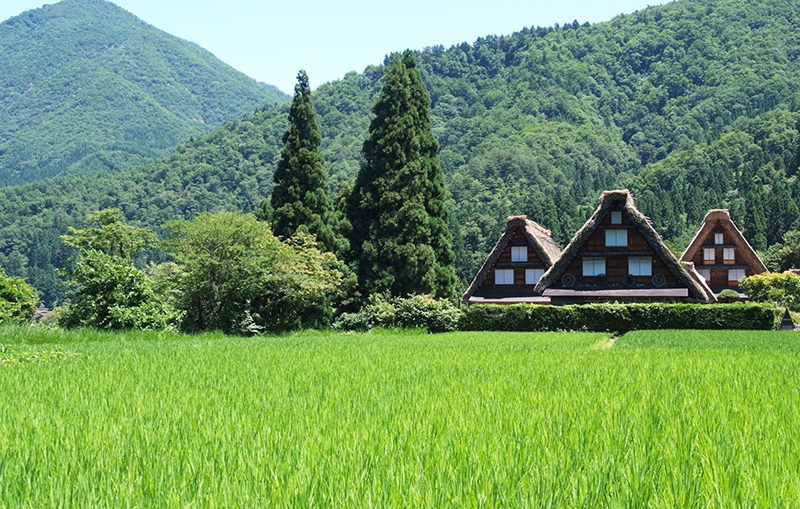



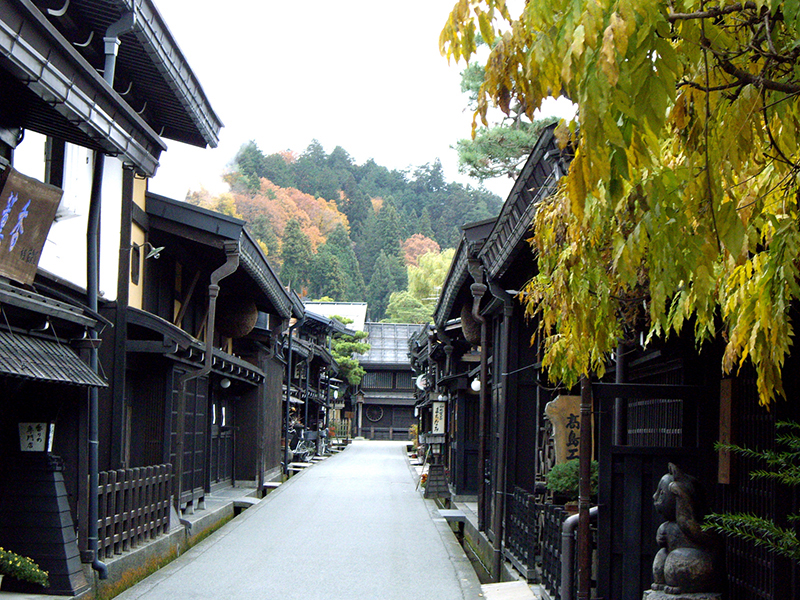




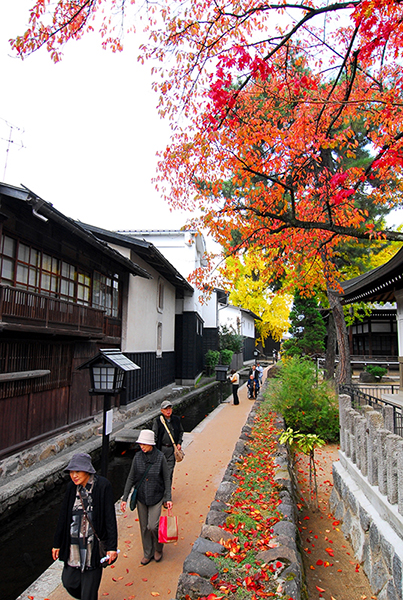

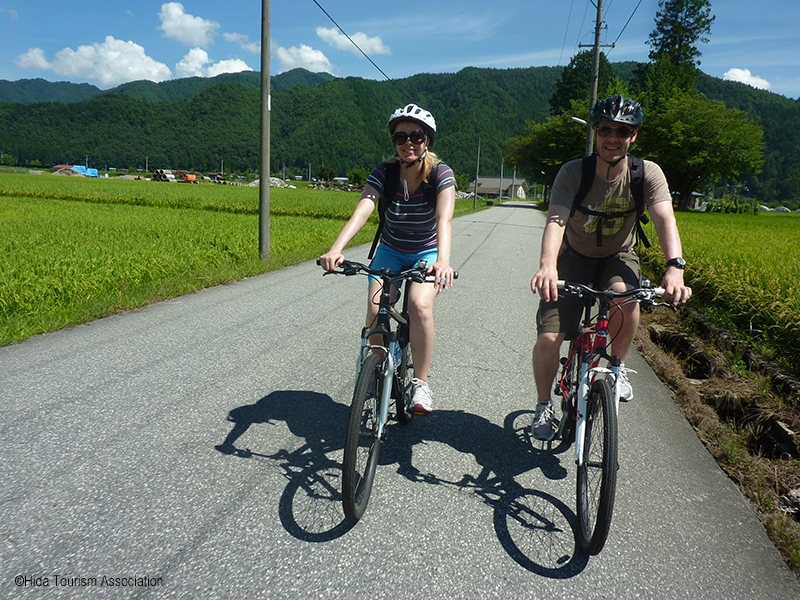


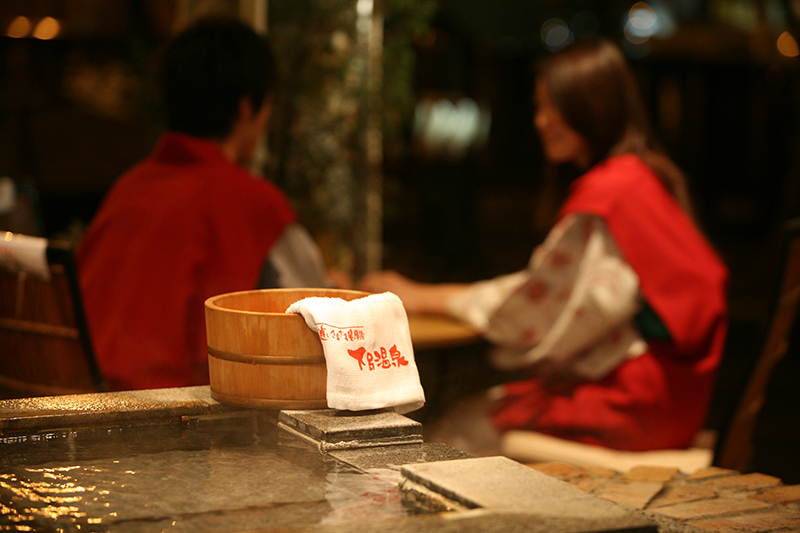





 Twitter
Twitter
 Facebook
Facebook





